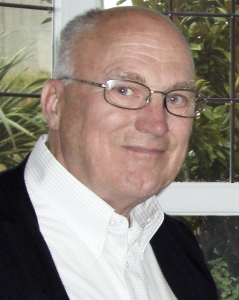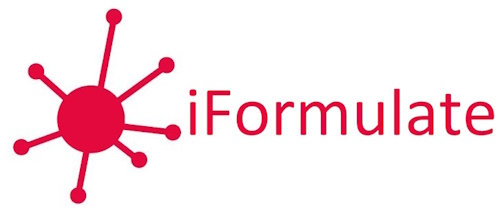A t iFormulate we’re delighted to be involved with HSP50, a conference to celebrate fifty years of Hansen Solubility Parameters (HSP), a vital tool for practical formulators in all industries. We are also very pleased that Dr Charles Hansen, the originator of HSP has provided us with his insights and reflections on the subject. Having worked with HSP we’d agree with his conclusion “the Golden Age of HSP not as something of the past but something that is developing all around us right now!”.
t iFormulate we’re delighted to be involved with HSP50, a conference to celebrate fifty years of Hansen Solubility Parameters (HSP), a vital tool for practical formulators in all industries. We are also very pleased that Dr Charles Hansen, the originator of HSP has provided us with his insights and reflections on the subject. Having worked with HSP we’d agree with his conclusion “the Golden Age of HSP not as something of the past but something that is developing all around us right now!”.
“50 years ago, the practical scientist had very few options for formulating rationally in terms of solubility. The Hildebrand solubility parameter worked very well for non-polar systems but was inherently unsuited to more general systems that included “hydrogen bonding”. Adding an extra “polar” parameter was not sufficient to capture the complexity of the chemistry but I thought that including a hydrogen bonding parameter could provide a compact set of three parameters (now called HSP) that should be useful. The problem was to assign values to the three parameters. A significant requirement was that the measurable energy of vaporisation must necessarily be the sum of the cohesive energy that derives simultaneously from the non-polar, polar, and hydrogen bonding interactions. Via a “bootstrap” technique involving thermodynamic theory and many experiments, a self-consistent set of parameters emerged for a wide range of solvents that gave good solubility understanding for a range of commercial polymers. The key was to use a “Distance” based on the sum of the squares of the individual differences in the three terms, where a small Distance would be a closer solubility match. A mix of two bad solvents that gave values with a small Distance would mean that two bad solvents could create a better or perhaps even a good solvent mixture. This turned out to be a good test for the theory, and happily, reliable predictions were found for taking bad (or poor) solvents and creating good solvent blends, and indeed this has been a key practical aspect of HSP ever since.
My Doctoral dissertation at the Technical University of Denmark was successfully defended in 1967. Shortly thereafter I was able to apply this knowledge to the real world of paints and pigments at PPG Industries. The management were far-sighted and allowed me to publish, including a 1969 paper called “The Universality of the Solubility Parameter”, showing that the three-parameter approach applied far outside the original field of solvents and polymers.
Today, looking back over 50 years of what came to be called Hansen Solubility Parameters, I am not surprised, but I am certainly delighted, that this prediction of Universality has been proven correct. HSP are used all around the world, in industry and academia, helping to solve tricky formulation problems. But although I am happy to look back at the past 50 years, the 50th Anniversary Conference is very much focused on the future. Thanks to the power of modern technology in packages such as HSPiP, I see the Golden Age of HSP not as something of the past but something that is developing all around us right now!”
Dr Charles Hansen, 2016.


